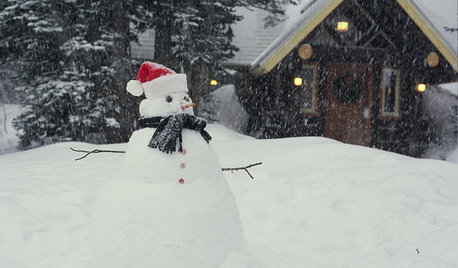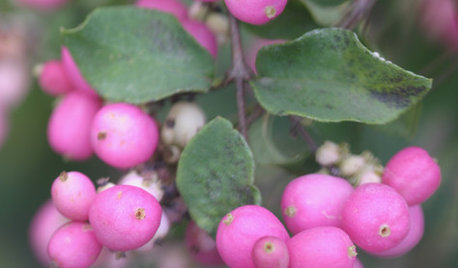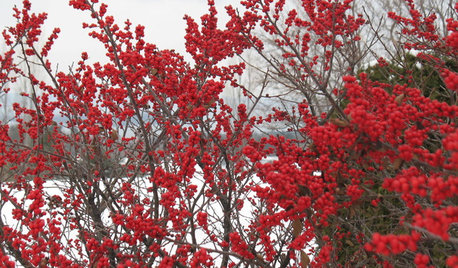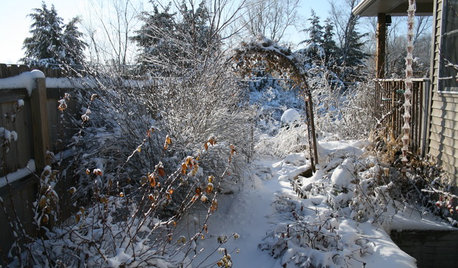Blackberry winter survival in zone 6a/5b 2014
drew51 SE MI Z5b/6a
10 years ago
Related Stories

LIFEShare Your Winter Storm Jonas Photos and Survival Tips!
Let’s see your pictures and hear your ideas on how you’re keeping your house warm and staving off cabin fever
Full Story
KITCHEN WORKBOOK8 Steps to Surviving a Kitchen Remodel
Living through a kitchen remodel isn’t always fun, but these steps will help you work around a kitchen in disarray
Full Story
REMODELING GUIDESWisdom to Help Your Relationship Survive a Remodel
Spend less time patching up partnerships and more time spackling and sanding with this insight from a Houzz remodeling survey
Full Story
REMODELING GUIDESSurvive Your Home Remodel: 11 Must-Ask Questions
Plan ahead to keep minor hassles from turning into major headaches during an extensive renovation
Full Story
LIFEHard Winter? 9 Ways to Battle Cabin Fever
We know a lot of you are trapped where it just won’t stop snowing. Here are some ways to survive
Full Story
LANDSCAPE DESIGN5 Berry-licious Shrubs to Plant Now for Winter Interest
Showy color during snow season? You bet. These shrubs will wake up a garden with colorful berries when other plants are asleep
Full Story
GARDENING GUIDES6 Rockin’ Red Plants for Winter Gardens
Use the bright berries or branches of these cold-climate favorites for outdoor garden interest or container arrangements anywhere
Full Story
GARDENING FOR BIRDSFeed the Birds: 6 Plants for Abundant Winter Berries
Be kind to your fair feathered friends during lean food times by planting a shrub or tree loaded with nutritious snacks
Full Story
LIFE6 Ways to Beat the Winter Blahs
Snow and dark days dampening your spirits? These ideas will have you looking on the bright side
Full Story
BATHROOM DESIGN7 Reasons to Give Your Bath Zone a Living Room Vibe
With a few living room–like touches, you can transform your bathroom into a practical, relaxing retreat that’s overflowing with personality
Full Story






don555
Scott F Smith
Related Professionals
Fort Lee Landscape Architects & Landscape Designers · Kyle Landscape Architects & Landscape Designers · Panama City Landscape Architects & Landscape Designers · Quincy Landscape Architects & Landscape Designers · Stoughton Landscape Contractors · Williamsburg Landscape Contractors · Belmont Landscape Contractors · Cicero Landscape Contractors · El Segundo Landscape Contractors · Essex Landscape Contractors · Hicksville Landscape Contractors · Old Saybrook Landscape Contractors · Quincy Landscape Contractors · Tuscaloosa Landscape Contractors · Waltham Landscape Contractorsdrew51 SE MI Z5b/6aOriginal Author
canadianplant
tucker46060
jtburton
Fascist_Nation
lawanddisorder
calliope
jtburton
jtburton